|
Opinions The opportunities, threats in Iran’s hospitality market 10 JULY 2018 7:00 AM Iran’s hospitality and tourism industry offers the country’s greatest potential growth, which was only partially realized in 2015 and 2016. Since 2017, Iran’s hotel industry has been threatened by external pressures. By HabibShahnazari With more than 2,500 years of experience, enduring many cultural, social, political and demographic changes and complications, the Iranian people have and will continue to stand up to meet the world with a warm welcome, a smile, delicious food, unparalleled hospitality and world-class historical sites. This is meant quite literally. When a foreigner enters a room in Iran as a guest, everyone who is able will stand to greet them with a handshake, a smile or, often, both. Travelers to Iran who have obtained first-hand experience with this cultural phenomenon can attest to the durability of Iranian hospitality, whether felt in the capital city of Tehran or a small village. Iran’s diversity includes a myriad of distinct customs and cultures discoverable in each region of the country. Eco lodges are popular with travelers looking to see main tourist attractions while at the same time seeking to experience local hospitality living in traditional style. On average, central and northern provinces of Iran have the most eco lodges. For example, there are many eco lodges which are traditional houses in Yazd province and the cities of Isfahan and Kashan due to their historical urban texture. Many owners of these residences are expanding their business to keep up with the demand, and a number of them are looking for partnerships with foreign brands for investment and to increase market access to international hotel standards. As a result of the Joint and Comprehensive Plan of Action (JCPOA), or the Iran Nuclear Agreement, foreign investment and the number of tourists between 2015 and 2016 increased. It became clear that there was a deficiency in hotel room availability during the high season. Many foreign firms and investors began entering the Iranian market and realizing the huge potential for major contracts. The tourism and hospitality industry were among these large growth potential sectors. AccorHotels and Melia; Hotels International were pioneers entering the hotel business in Iran. If any international brands decide to operate in Iran, the first problem they will face is a lack of logistical services to facilitate their services to clientele. This problem can be solved in the early stages by strategically collaborating with local companies. Of course, with the growth in the number of branches of each brand and the creation of sufficient logistics centers, with the help of local strategic partners, this problem is easily mitigated. There are 17 United Nations Educational, Scientific and Cultural Organization World Heritage sites in Turkey compared to 22 UNESCO sites in Iran. Iran is ranked 10th in the world in the number of UNESCO sites. Iran is also one of the most geographically and topographically diverse countries in the world, where one can ski in the north, swim in the warm waters of the south, enjoy desert safaris in the center and east all within the same season. Despite having so much to offer to tourists, 6 million foreign tourists visited Iran in 2016 compared to 40 million to Turkey in 2014. Compared to Turkey, Iran has the potential of hosting 40-50 million tourists each year. However, the current condition of the infrastructure such as airports, transportation and hotels are not ready for such an influx of domestic and international tourists. As a result, the Iranian government prepared a comprehensive tourism bill to develop the tourism industry. According to this bill, by the year 2025 the number of foreign tourists should reach 20 million per year with estimated revenue of billion annually. Iran’s government and politicians are determined to adopt encouraging policies that would help facilitate both domestic and foreign investment in the tourism sector. In 2017, with the inauguration of Donald J. Trump as president of the United States and various legislation that has painted the Iranian market as unstable, |
|
foreign investment and the number of tourists to Iran has started to decline. It is too early to predict the consequences of the U.S. exiting from the JCPOA |
|
and the caustic anti-Iran rhetoric, but it is forecasted to cause an impact on the tourism and hospitality sector of the Iranian economy. Copyright © 2008-2018 STR, Inc. Although Iran can reduce some of these negative effects by adopting new methods, it seems difficult to achieve long-term tourism goals. But on the othPearge 1 / 2 |
hand, it is very difficult to predict the future. It is my belief that Iran’s future is bright, however, and in the not-so-far future sanctions will be lifted. When this
of foreign tourists should reach 20 million per year with estimated revenue of $30 billion annually. Iran’s government and politicians are determined to adopt
|
encouraging policies that would help facilitate both domestic and foreign investment in the tourism sector. |
|
foreign investment and the number of tourists to Iran has started to decline. It is too early to predict the consequences of the U.S. exiting from the JCPOA and the caustic anti-Iran rhetoric, but it is forecasted to cause an impact on the tourism and hospitality sector of the Iranian economy. Although Iran can reduce some of these negative effects by adopting new methods, it seems difficult to achieve long-term tourism goals. But on the other hand, it is very difficult to predict the future. It is my belief that Iran’s future is bright, however, and in the not-so-far future sanctions will be lifted. When this happens, an untouched, high-potential market will be open to new investors in the tourism and hospitality sectors. Certainly, at that time, those companies who are already prepared and ready will get the most of out of this market. Such preparation can be achieved by examining the Iranian market and by gaining and maintaining communication within the private hospitality sector in Iran. It is certain that you will be greeted with a handshake and a smile. Habib Shahnazari, Ph.D. (shahnazari@sarutti.com), is a member of International Society of Hospitality Consultant (ishc.com), a professor of civil engineering and CEO of SARUTTI Group, which is active in design and construction of residential and hospitality projects. The opinions expressed in this column do not necessarily reflect the opinions of Hotel News Now or its parent company, STR and its affiliated companies. Bloggers published on this site are given the freedom to express views that may be controversial, but our goal is to provoke thought and constructive discussion within our reader community. Please feel free to comment or contact an editor with any questions or concerns. |
|
Copyright © 2008-2018 STR, Inc. Page 2 / 2 |

